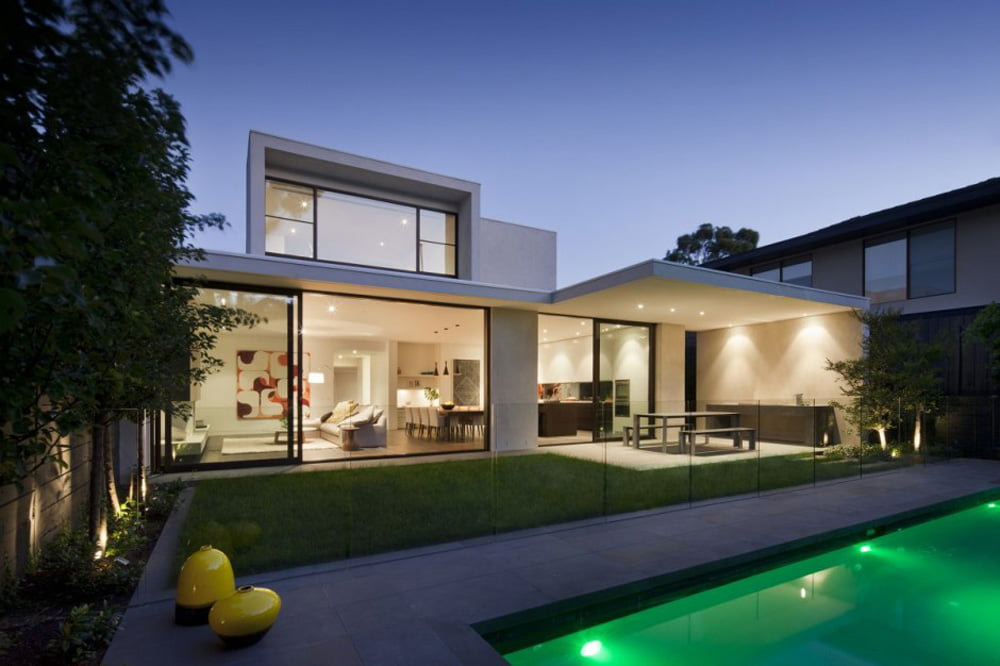Put simply, contemporary house design reflect the architecture of today. While you may think that definition makes it synonymous with modern architecture, that’s actually a common misconception. Modern architecture refers to a style that was popularized from the 1920s to 1950s, one that embraced clean lines and stark minimalism. Contemporary architecture goes beyond that to define the ever-evolving architectural styles of the 21st century.
Most contemporary house architecture do have a modern flair to them, with design tweaks from postmodernism and deconstructivism, as well. For the first time, we also see houses where the building materials are just as important as the final product. With contemporary house design, we see a huge emphasis on natural and sustainable building materials.
Defining features of a contemporary house design

Though contemporary design style does hold a strong emphasis on individuality, there are a few defining characteristics that tie this style of home together. They are:
Exterior:
An irregular, asymmetrical façade
Strong emphasis on geometric shapes
Large windows
Clerestory windows
Use of recycled building materials
Mixed materials on the exterior (e.g. wood and stone)
Interior:
One to two stories
An open floor plan
Lots of natural light
Use of natural or recycled materials
Green systems for plumbing, heating and air conditioning
A flexible layout suited to meet the family’s needs.
Did you know – Edinburgh Letting agents comprehensive service makes sure any problems with your property are dealt with swiftly to prevent them bothering you.
What makes these residences so popular?
Contemporary house design are popular because they’ve broken the mold when it comes to changing architectural styles. Traditionally, the dominant architectural style of the time will be the complete opposite of the one that came before it. For example, the simplicity of Craftsman homes is in direct opposition to the over-opulence of the Victorian era that came before it.
However, the same cannot be said for contemporary architecture. In fact, this style borrows a lot from modern design, its predecessor. It borrowed what worked, as you can see from the emphasis on clean, simple lines and a connection to the outdoors, and fixed what didn’t. Contemporary house design are often much warmer in design than modern versions.
This ability to pick and choose characteristics led to a never-before-seen emphasis on individuality. Homeowners were free to design their homes in a way that truly worked for them, architectural conventions aside. It also may be why contemporary houses design seems to be sticking around for the long haul.






